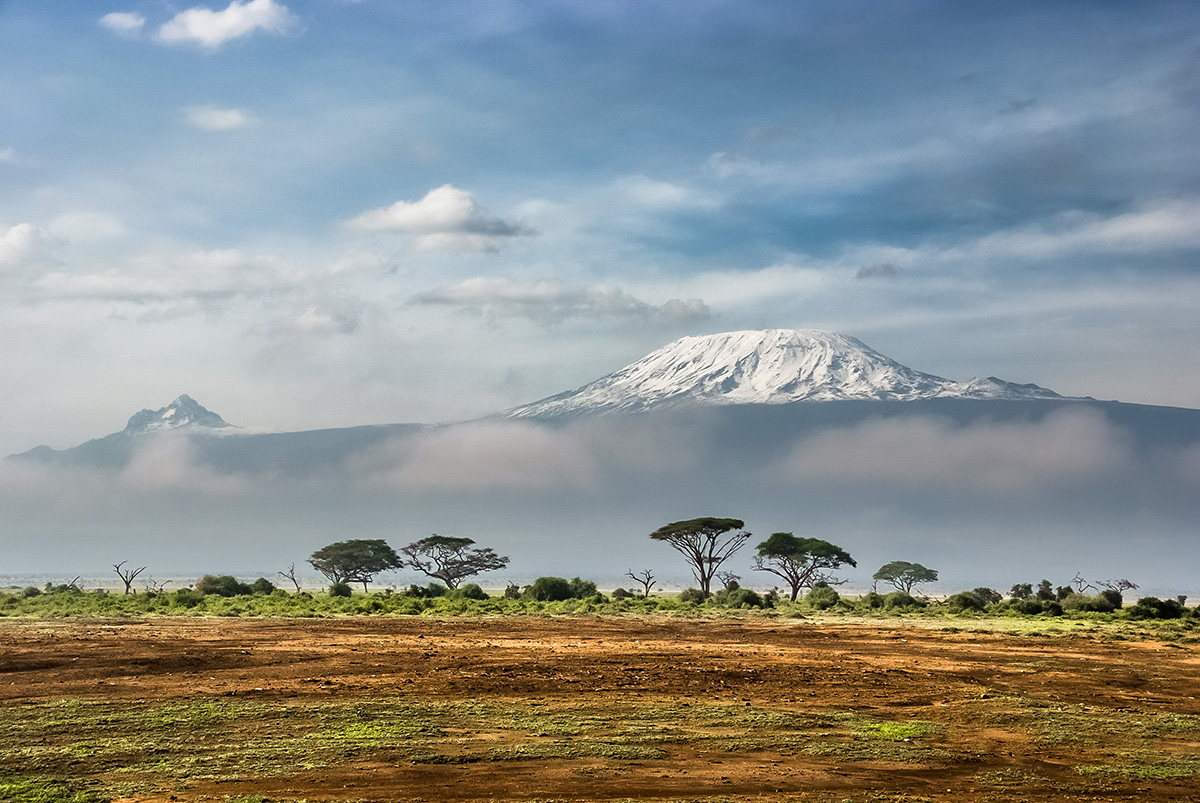Folklife Friday is a weekly digest of arts and culture articles, podcasts, and videos from across the web. Read on for a selection of the week’s best cultural heritage pieces, and don’t forget to check back next Friday for a new set of weekly picks.
An Interview with Ngũgĩ wa Thiong’o
For Kenyan writer, scholar, and social activist Ngũgĩ wa Thiong’o, “no language is ever marginal to the community that created it.” The self-described “language warrior” reflects here on the subtleties of translation, the role of marginalized voices in the literary world, and the challenge of navigating the two while advocating for cultural equity. “English is not more of a language than any other language,” he explains. Rather, Ngũgĩ sees literature as a voice for the voiceless—the equal footing on which diverse communities can stand.
The Brash and Calm of Arto Lindsay
In his new album Cuidado Madame, Brazilian American composer Arto Lindsay infuses elements of religious candomblé traditions into a soothing and foreboding compilation. “I wanted these religious drums that play these patterns,” Lindsay says. “The rhythms are specific to deities and they are meant to induce trances.” It’s these traditional elements that set the album apart, as singer Chad Clark explains in this piece, especially when overlaid with contemporary sounds. The result blends “disparate aesthetic proclivities into a winning, integrated vision.”
Want to hear another amalgamation of traditional and contemporary sounds? “Olokun y Yemayá” from Quetzal’s new Smithsonian Folkways album, The Eternal Getdown, features a batá ensemble of Yoruba drums and narrates the power of the ocean as a keeper of lost souls.
She Was the Orchestra’s Only Black Musician, Until She Formed Her Own
“It was the first time that many of us felt that no one was the odd man out,” said Chi-chi Nwanoku, founder of the minority orchestra Chineke, following the ensemble’s first performance. Nwanoku, who named the group after an expression from her father’s Nigerian Igbo tribe, wanted to create an orchestra that looked like the community in which they played—and one that inspired younger generations to follow suit. “For them to have somebody to look up to, that is one of the main motivations for all of us and why we do what we do.”
For Sikhism Facts, Students in Montgomery Become the Teachers
In Montgomery County, Maryland, more than 200 public school teachers are learning a sort of “Sikhism 101” from local teens. Here Julie Zauzmer of The Washington Post looks at how the program, now recognized as a formal teacher-training initiative, is taking shape and expanding across the nation. “Kids can take the leadership role, and they feel proud in talking about their own faith and about their own identity,” said Rajwant Singh, co-founder of the campaign.
Why Are Indigenous People Such Avid Users of Social Media?
In Australia, indigenous communities are taking to social media with a fervor and enthusiasm all their own. The appeal of these online networks, explains Bronwyn Carlson, associate professor of indigenous studies at the University of Wollongong, stems from their widespread yet intimate nature. “They break down those barriers of land and distance in order to actually link people together,” said one participant in Carlson’s study. Racial discrimination notwithstanding, these sites offer indigenous communities the opportunity to maintain intergenerational connections and express their indigenous identity.
Special thanks to editor Elisa Hough and to Michael Mason for their contributions to this week’s digest.


